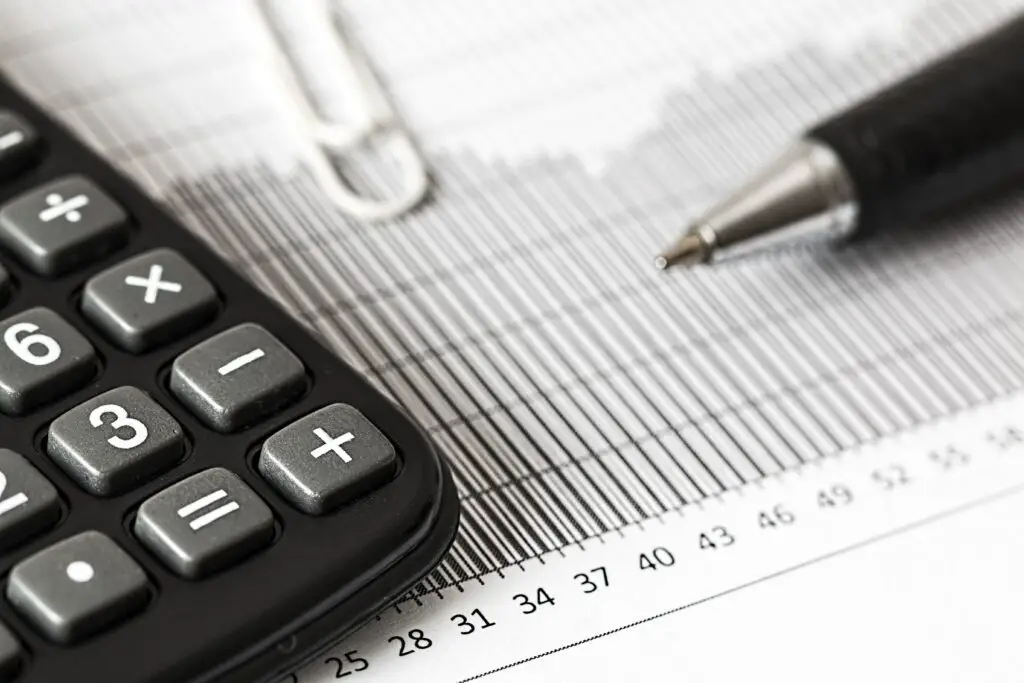Quantitative reasoning is the third exam on the UCAT, and actually one of the best-performed subtest by students on average! Nevertheless, you still here complaints like “I can’t do maths in my head that quick!”, or “there is too much data to analyse in graphs and tables!”.
These complaints are valid, and until you improve your visual data interpretation, you will continue to have these problems. There are also common formulas and pieces of information you need to have at the front of your head in order to ace this subtest!
Lets explore shall we!

Ace The Quantitative Reasoning Subtest
Format
Timing
- 24 mins total
- 36 questions in sets of 4 (9 sets total)
- Each set should take 2 mins or each question in 30s
- Majority of sets accompanied by data
Format
- Questions will come in sets of 4 with either graph, chart, table, and accompanying text.
- Some sets will come with no visual data, just written information and instructions of what to calculate.
- The majority of sets will probably include tables and graphs so rapidly interpreting information from these data types are an important skill to practice.
Question types
There are no distinctive type 1/ type 2 question types. The questions are either accompanied by visual/tabled data (majority), or purely text based.
Here is some extra information about questions.
- Each question has 5 answer options (A-E)
- Most questions require more than 1 calculation step so proficiency with the onscreen calculator is quite important especially when using the keyboard.
- Important to note that the official practice tests on UCAT website were written a good 10 years ago and they are no longer an accurate representation of the real exam (TEST A/B). You are unlikely to experience as many visual data for any given question which means the questions are slightly easier.
- Don’t use those questions as they are not accurate representations of the test.
- You have 2 friends in this subtest; mental maths, and approximating the answer without doing any elaborate calculations.
Strategy
Since there are no distinct question types, the best way to practice for this subtest is to simply practice your GCSE maths, and follow generic tips.
Let’s explore these tips, and the exact maths you need to know for this exam.
Don’t let a single question waste all your time
- Some questions might have a lot of accompanying data to get through and you might be tempted to try and understand all the data, but skimming for vital info is the way to go.
- Look out for:
- Labels – pie chart legend, or graph axis, or table categories.
- Find the link (ie price category links to a menu item)
- Read the text quickly to give context to the data
Get your formulas ready
There are some simple formulas you need to have memorised so you don’t waste time trying to understand the data. Whenever you are given any information, just start filling variables in these formulas.
- Percentage – percentage = part/whole (multiply by 100 depending on if you want to convert decimal to %)
- Percentage change – (final percent-initial percent)/original so basically difference/original (again multiply by 100 to convert decimals to percentage)
- Speed – speed = distance/time
- Mean average – sum of numbers/ how many numbers
- Probability = Target outcomes / Total outcomes
- Geometry formulas
- Area of Triangle – (½)base*height
- Unknown side of right angle triangle – a^2+ b^2 = c^2
- Area of rectangle – length * height (* width for vol of cuboid )
- Area of trapezoid – ½ * (bottom base + top base) * height
- Area of parallelogram – base*height
- Circumference of circle – pi*diameter
- Area of circle – pi*radius *radius
- Circle knowledge – In a circle, the diameter is simply 2*radius. Pi itself is simply a ratio of circumference to the diameter of a circle. For every 3.14 diameters, you get a full turn around the circle. They will likely give you the value of pi (maybe as 3.1) if you need to use it.
- General knowledge – Circle has 360 degrees total.
- Volumes can be calculated by multiplying areas by length
- Conversions
- Currency: 1 pound is 5 dollars.
- Find dollar in pounds = 1/exchange rate
- Find pounds in dollars = 1*exchange rate
- Formulas can be confusing in this application because what if it’s 2 pounds and 5 dollars? The formula breaks down (you’d need to first divide both sides to get that left side to 1, and then you can use the formula). It’s best to think the conversions through instead of just sticking numbers into a formula incorrectly.
- Measurement Units
- Imperial to metric – unlikely you will need to do this. Don’t memorise, the conversion because they will give you the conversion rate, you just have to do the same thing as currency – figure out a method for you.
- More likely convert cm to mm to m interchangeably. You must also be familiar with volume and area measurements.
- You must know these metric conversions. 1m^3 is 1 million times more than 1cm^3.
- a decimeter cubed is essentially 1000cm^3.
- 1ml is basically 1cm cubed and 1 litre is equal to a cubic decimeter.
- cm^3 to m^3
- Might be an idea to learn standard form and just convert everything to 1 unit.
- brain training is best for all this to keep mind sharp and use the calculator as little as possible.
- Rate of change stuff like converting speeds
This can be all very confusing. I will be making a video about this entire subtest so stay subscribed to the parent YouTube channel to stay updated.
Save time by Estimating and getting rid of answer options!
- Often, you don’t need to calculate the question in its entirety. That’s the only way to do this test properly as the time restrictions are quite great.
- You need to estimate answers by running some quick calculations in your head. Some of the answers will be orders of magnitude out so you can eliminate them with some simple mental maths.
- Some questions will have really similar answer options or trick options to catch you out, so it’s a good idea to always check answers before you start working on a problem. Work it fully if it’s risky to guesstimate.
- As usual, triage all the way – Some questions are extremely nasty but since they are all the same amount of points, you must do the easier ones first to make the most of the time.
Great! now that you have a decent grip of the exam, lets try a question!
Question
Fantastic! You made it to the end of this lengthy piece without nodding off (I hope)! Hopefully you attempted the question and it wasn’t too much trouble for you. Unfortunately, 1 question won’t do it! To become a QR pro, you need to continue practicing! Head over to our free practice section to continue your revision. I’ll see you there.




